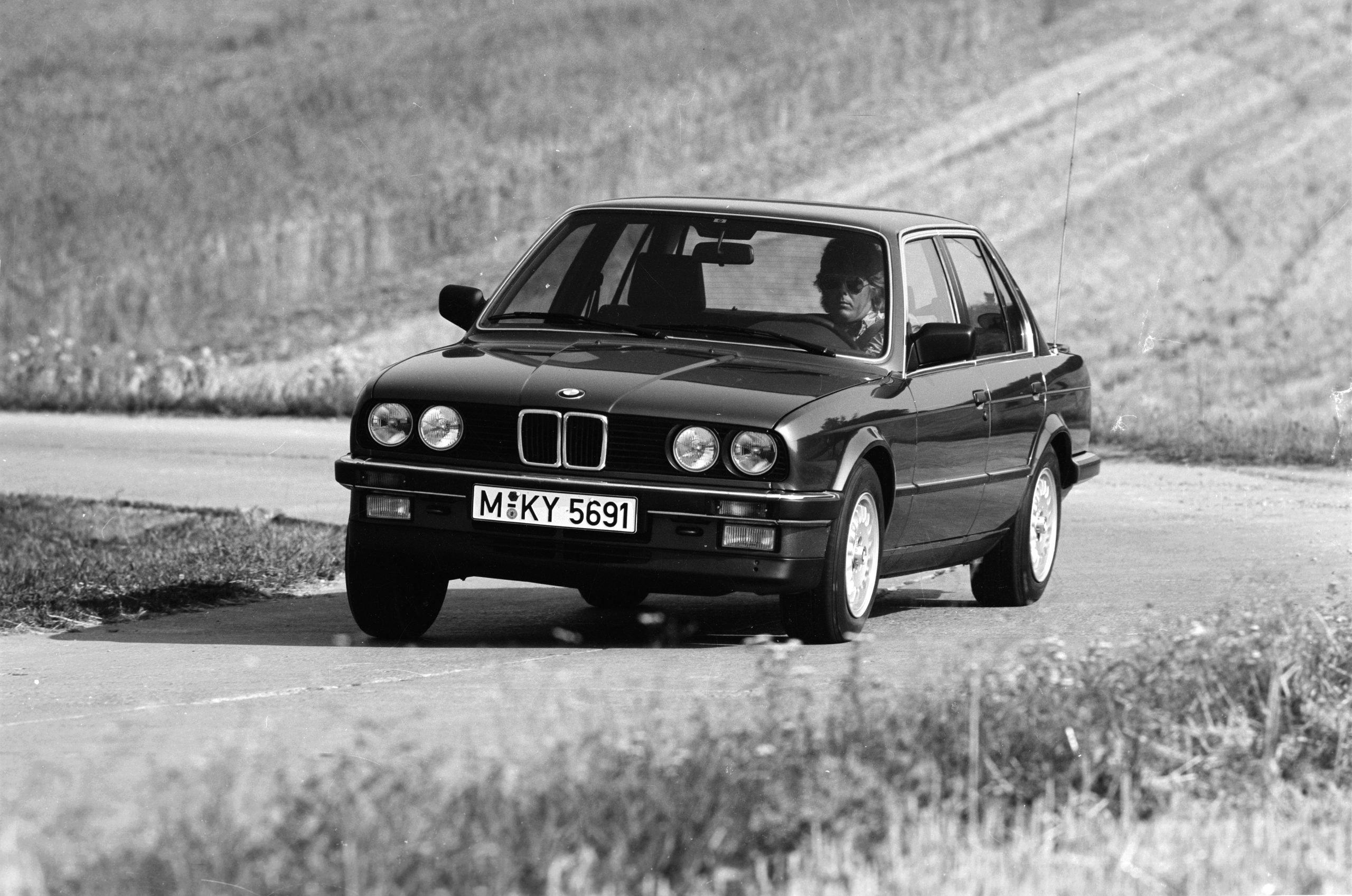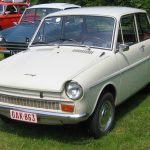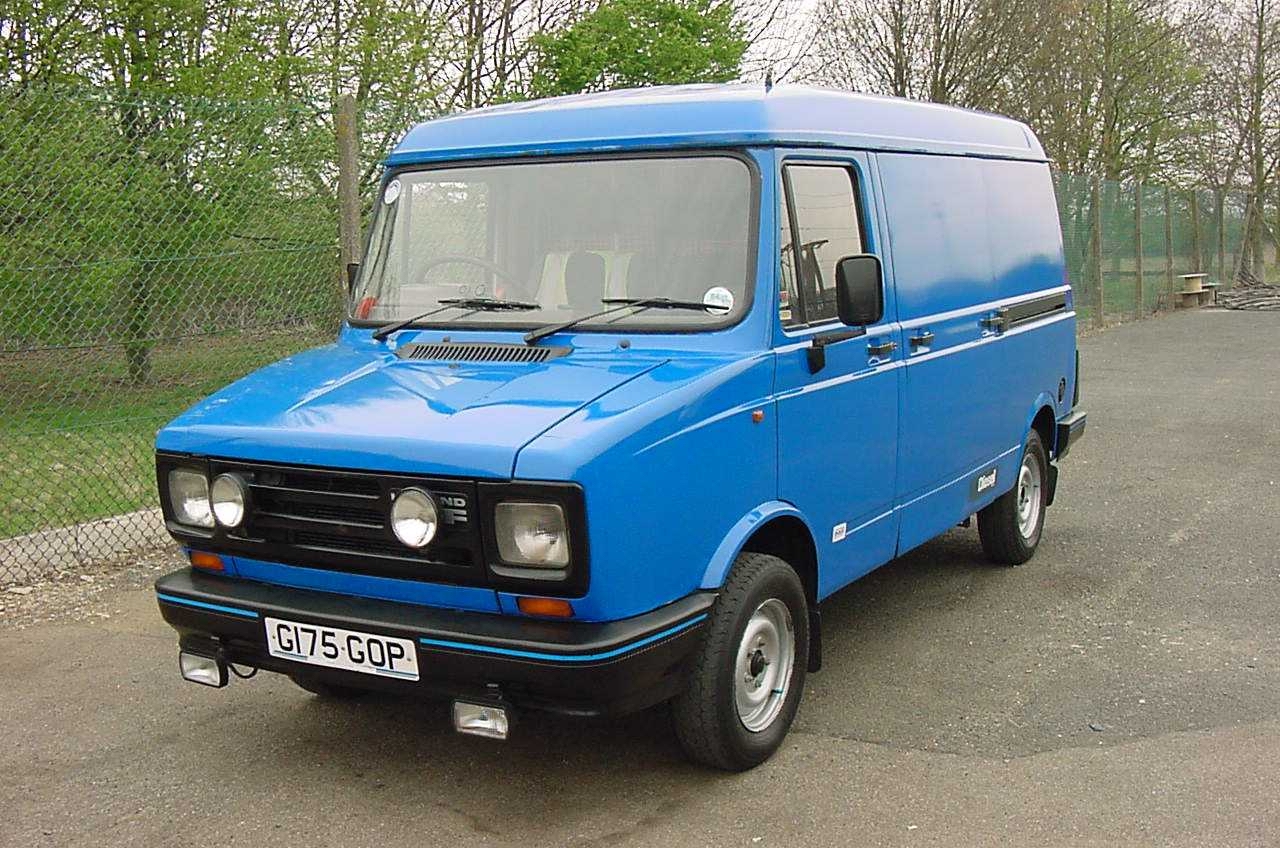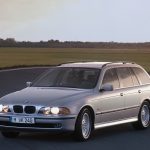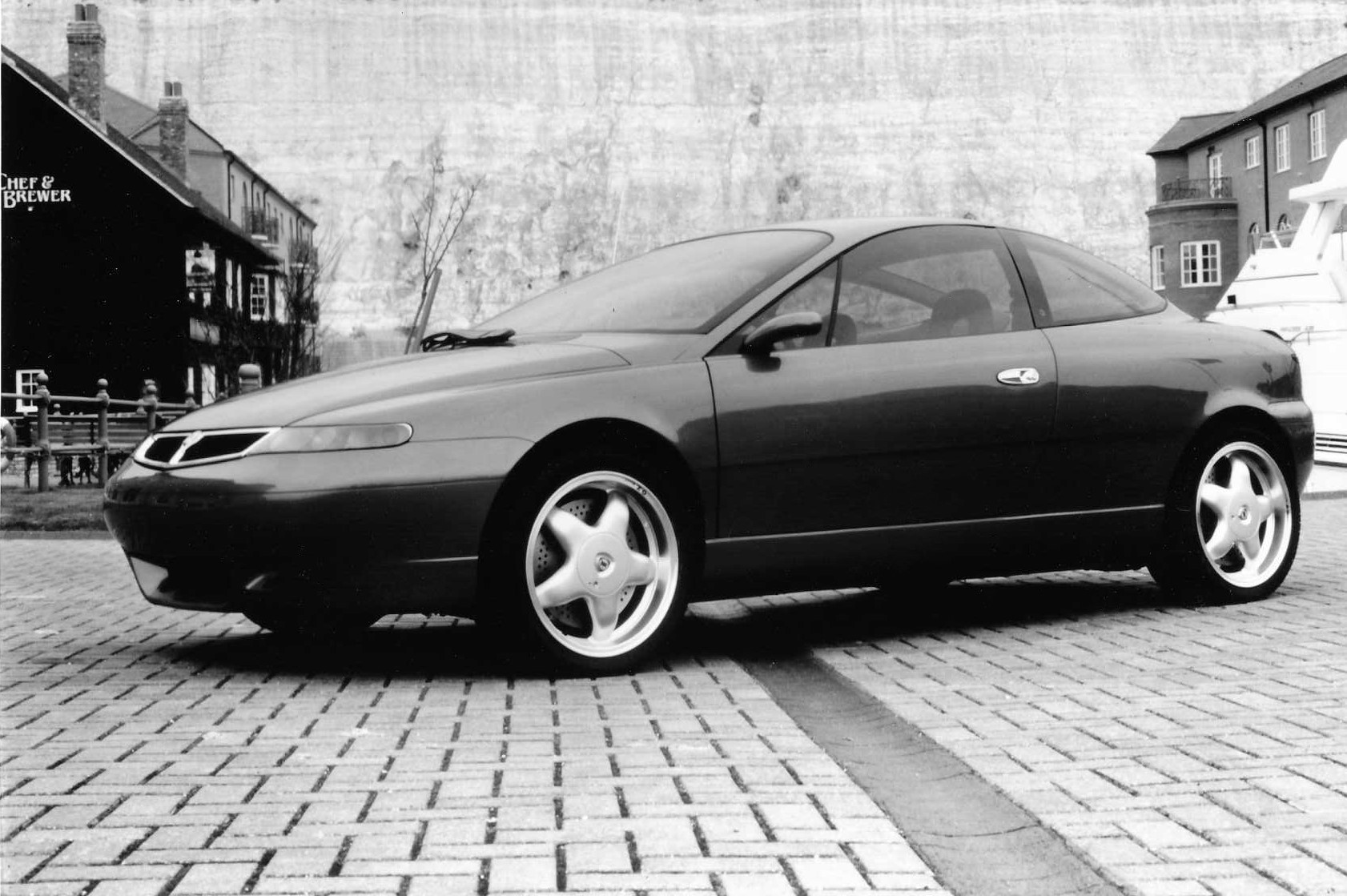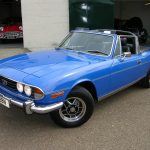Words: Nathan Chadwick
Photography: Nathan Chadwick/Manufacturers
Working from home has brought us many benefits – less commuting time, the ability to avoid office – ahem – ‘bants’ and tedious conversations about running/other people’s kids/last night’s football (delete as applicable).
There are some downsides, however – the company car park ladder of aspiration. Time was where you could map out your own path up the management chain via trim levels, car size and parking spot – after all, what better way to fuel your aspirations than loftily dreaming of pulling into the company car park with a freshly-plated new executive car. Nowadays you’re more likely to be judged by which books you have conspicuously placed on the bookshelf behind your laptop.
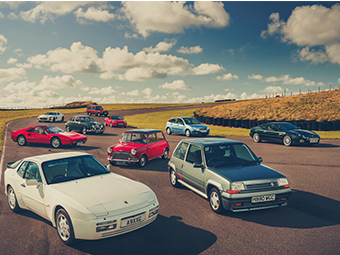
Of course, some would say this is tragi-capitalism, frail male ego and all rather silly. It did, however, lead to some fascinating engine and trim line-ups in cars – and few things showed that you were on the up and up in your career when you left four cylinders behind to enter the six-cylinder class in lower middle management.
Maybe you couldn’t quite stretch to a 5 Series or an E-Class, and a 7 or an S would cause some eyebrows to be raised with your CEO… however, small executive cars with six-cylinder engines were just the ticket. The cars we have for you today had the prestige of six cylinders, but they were also small enough to be engaging to drive on the way home. Go much higher on the corporate ladder and you’d often be trading corporate power for more luxury, with sportiness often sacrificed at the altar of grey-suited respectability.
We’ve lined up five dynamic six-cylinder saloons from the 1980s that still cut a dash today. Of course, with no office to go to then you’re free to enjoy them at your leisure – just remember to leave your out-of-office message on.
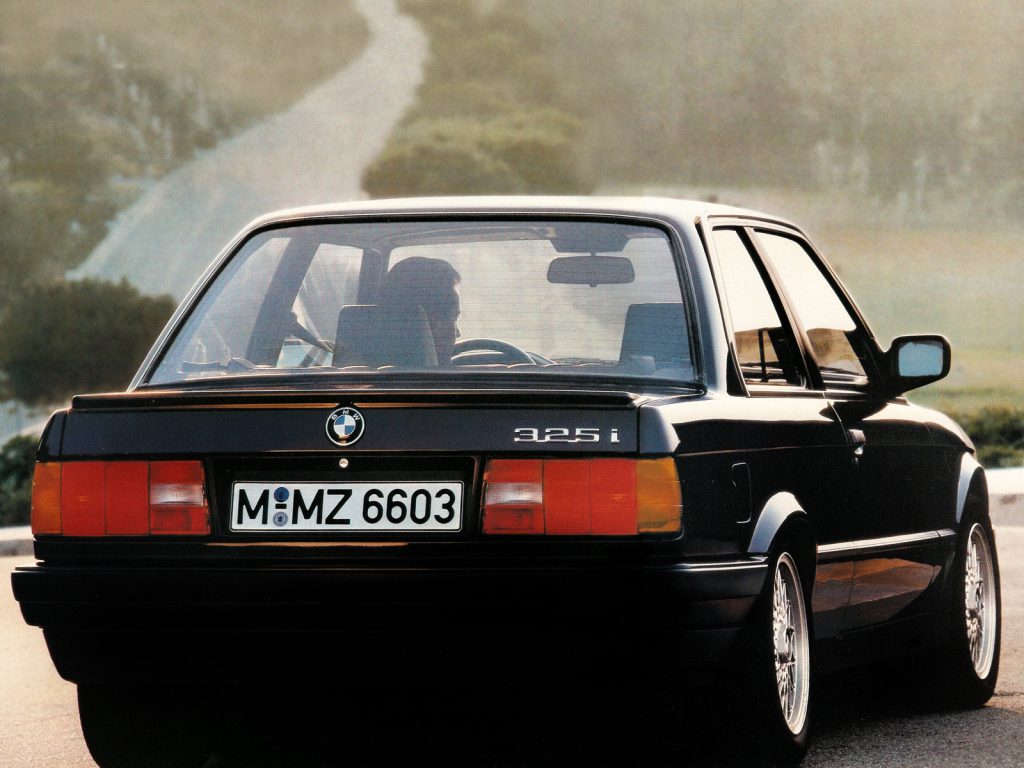
BMW 325i E30
For many this will be the default choice – after all, it has the styling, the veneer of German engineering excellence and the magnificent M20 straight six.
It’s easy to be seduced by this – from the second you here the familiar ‘chink’ as the 2.5-litre straight six coughs into life you know you’re in for a treat; there’s abundant torque and a general rightness about way the car steers and handles – well, in the dry at least (more on that later).
The interior is sharply designed, and feels solid too – and with the dashboard driver-focused, BMW’s old advertising tagline of it being the Ultimate Driving Machine might just be accurate…
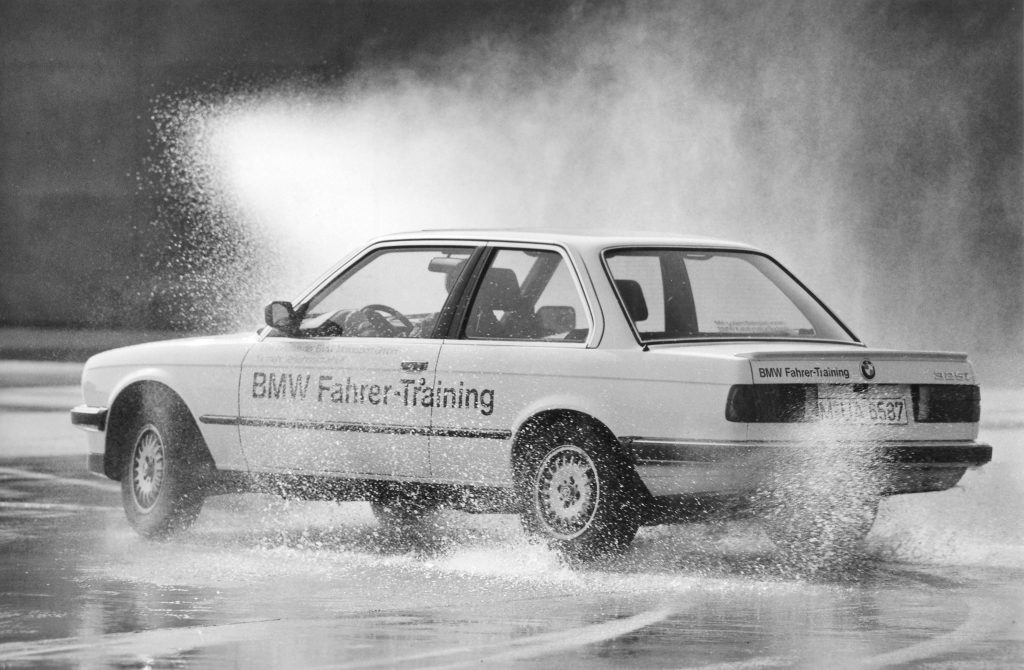
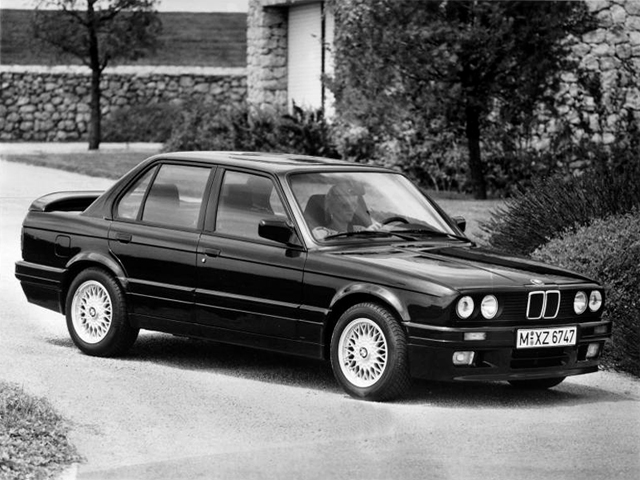
Well, until it rains. The semi-trailing arm rear suspension wasn’t the freshest example of engineering, and would be replaced with the Z-axle in BMW’s E36 follow up. That alone wouldn’t have been too much of a problem, had it not been for a somewhat slow steering rack – catching an oversteering 325i could be quite a challenge, which is why so many ended up parked in trees. Nowadays, a popular modification is to fit the Purple Tag rack from a Z3, which sharpens up the steering response.
Nevertheless, the 325i still makes a satisfying junior exec experience, and with the M-Tech bodykits, a handsome machine indeed. There are those, yours truly included, who actually prefer a well fettled and mildly modded 325i to an M3…
Hagerty Price Guide
- Poor £8800
- Good £13,900
- Excellent £21,200
- Concours £40,200
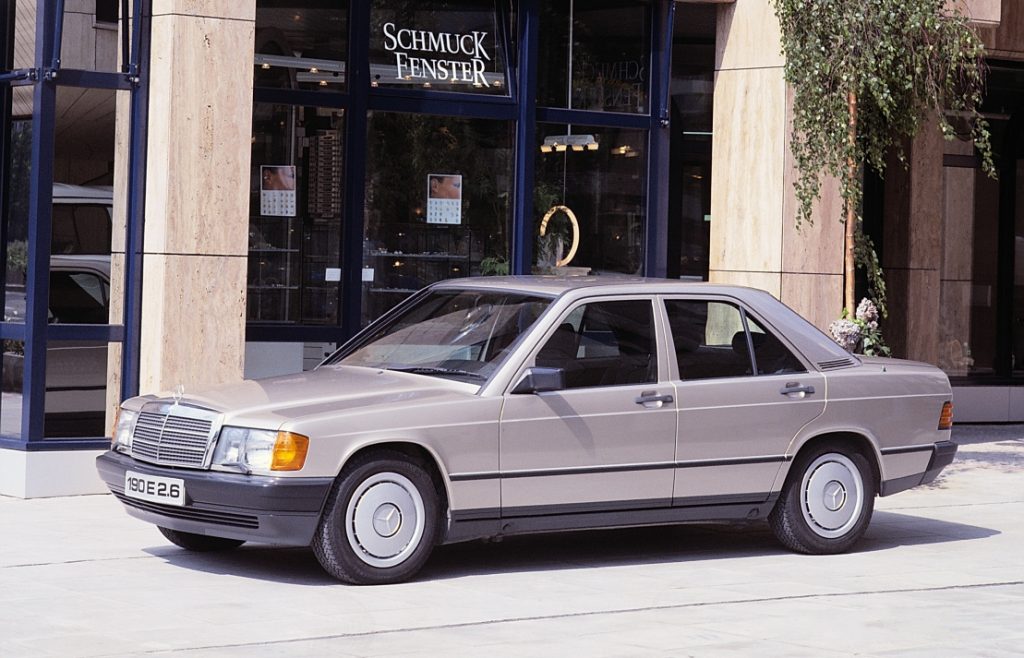
Mercedes-Benz 190E 2.6
Though the W123 had begun the true democratisation of The Three Pointed Star, it was still very much a conservative choice. The 190E was a fully modern interpretation of what a Mercedes-Benz could be; it had the refined, perfectly judged good looks that managed to be impressive without being vulgar, yet it was also innovative. It might seem slab-sided today, but it was an aerodynamic marvel, scything through the air with a drag co-efficient of 0.33, 0.01 less than a Ferrari F40. It also introduced technology usually reserved for cars further up the model ladder to the small executive class – it had five-link rear suspension, front and rear anti-roll bars, anti-dive and anti-squat geometry, making the E30 look distinctly dated. It was also significantly safer too, with airbags, ABS and seatbelt pretensioners.
All very worthy – but also in the eyes of some, a bit ‘Werther’s Original’. The interior and exterior lacked the dynamic elan of the E30, and most were fitted with automatic gearboxes. Some would also say that this is a good thing, because Mercedes manuals aren’t great – but it’s the same gearbox as the 325i uses.
Mercedes-Benz cottoned on to this disparity with the Sportline model, which added natty trim and stiffened suspension, but no more power – its 164bhp (158bhp with cat) lagged behind that of the E30 and the 75.
However, that’s not stopped the 190E 2.6 developing a great following – it’s a genuine engineering powerhouse, from a time when Mercedes-Benz was unparalleled in that regard.
Hagerty Price Guide
- Poor N/A
- Good N/A
- Excellent N/A
- Concours N/A
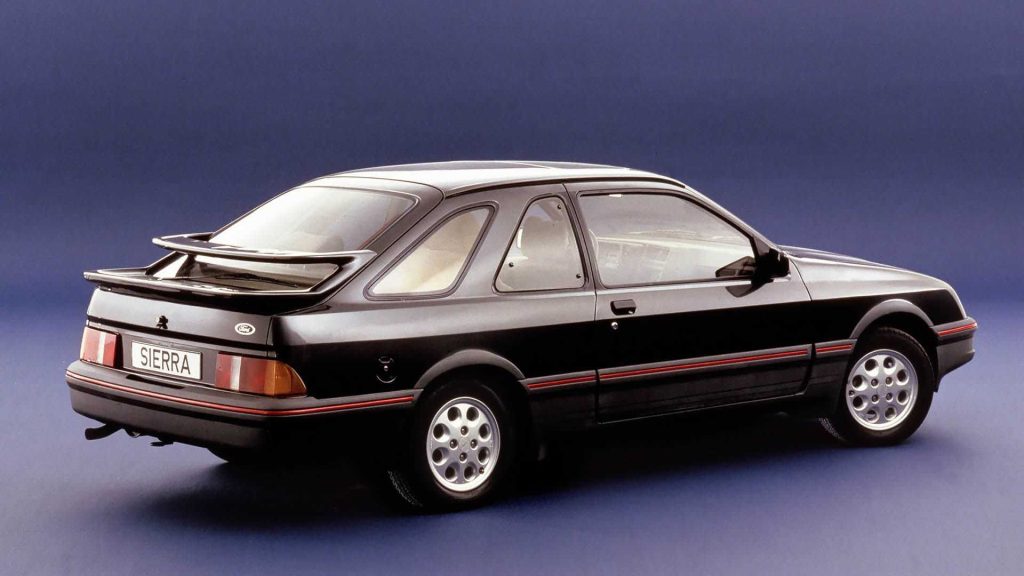
Ford Sierra XR4x4/4i/Ghia
While the Germans might currently be top of the 80s execs pops (according to social media), if you actually wind back to the 1980s it was the Blue Oval that ruled the office car park roost. At the time, German cars were phenomenally expensive – for the same price as a fully specified Ford, you’d be lucky to get a Mercedes-Benz with fuel injection.
The Sierra might have taken some time to win the affections of the Cortina-adoring public, but the bewinged XR4i did much to enliven interest. Like the 190E, it was a true aerodynamic marvel of the age; the spectacular rear spoilers were not there to win races, they were there for long-range stability and to ease fuel consumption. It’s certainly not sporty, but the XR4i’s 2.8-litre Cologne V6 doled out 148bhp. Those rear spoilers, however, might have looked a little flash in the office car park.
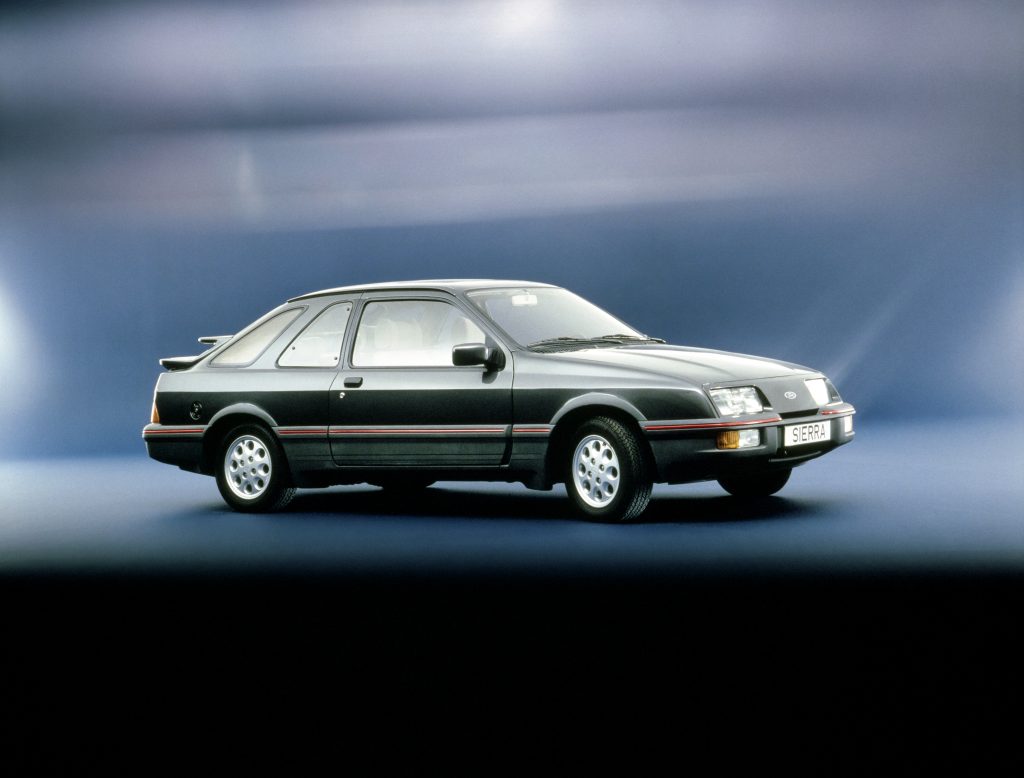
1985’s XR4x4 rectified all this by removing the spoiler and adding two doors – it certainly looked the part, and it had four-wheel drive for snowy sorties to the wine bar. However, if you wanted all the go but without the shouty badging, plus somewhere to carry the dogs, you could order the V6 in Ghia form.
On the road a V6 Sierra is a good deal of fun – they’re certainly comfortable cruisers, with an engaging engine. The Sierra might not have had the modern mechanical intrigue of the 190E (much of it was modified Cortina bits), but in most car parks, unless you owned a Cosworth (well, until it was nicked), the XR was the one to have.
Hagerty Price Guide (XR4i/XR4x4)
- Poor £3100 / £3200
- Good £5200 / £5500
- Excellent £9900 / £8400
- Concours £14,500 / £12,500
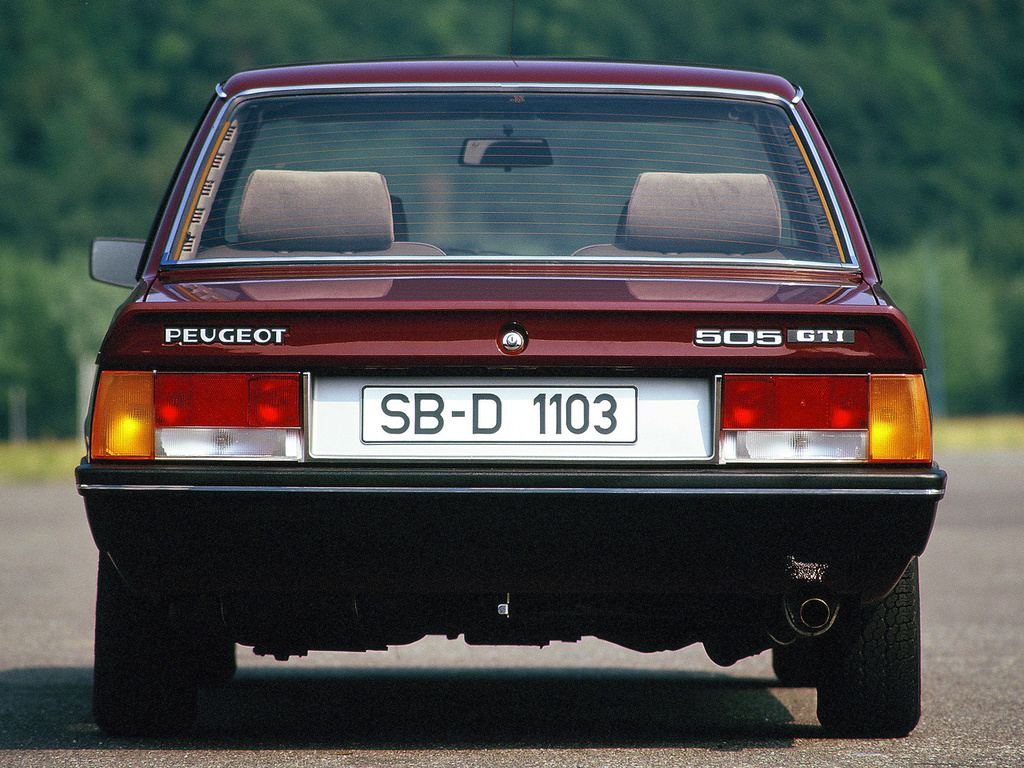
Peugeot 505 GTI
Arguably one of the most underrated saloon car shapes of the 1980s, this co-creation between Peugeot and Pininfarina has only aged beautifully. It also occupies a fascinating place in Peugeot history – it’s the marque’s last rear-wheel drive car.
The 505’s somewhat larger than the other cars here, as it bridged the gap between the poor-selling 604 and the 605 launched at the end of the 1980s. As such, the 505 would only receive six cylinders in 1986 as part of a range facelift, its 2.8-litre PRV pushing out a BMW-rivalling 168bhp in uncatalysed form, and 145bhp with.
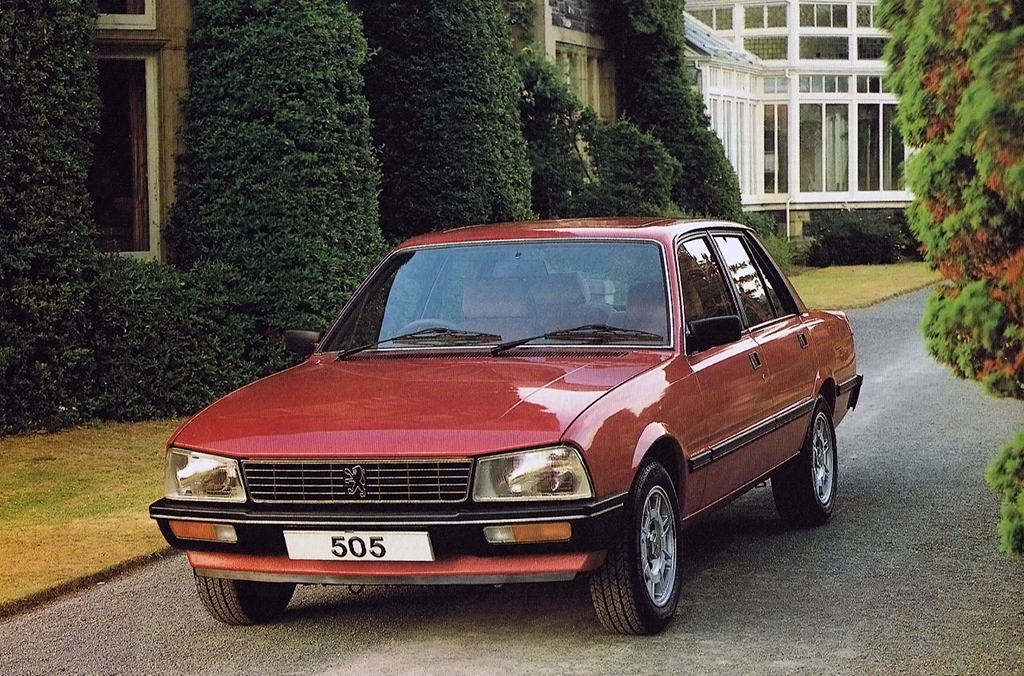
The 505 V6 could never be described as truly sporting anyway – 0-60mph takes a leisurely nine seconds – despite the GTI badge. The first Peugeot to wear that famous moniker, it’s far removed from the 205 GTI. Instead, it’s a consummate long-distance cruiser, with plush seats that often feel far nicer than most people’s sofas. The 505 was well equipped too – speed sensitive power steering, infrared remote central locking and electric climate control.
The 505 V6 might not have been the sportiest six-cylinder saloon – and in truth it is half a size bigger than the other cars here; it was replaced by the 405 and the 605. However, its rugged mechanicals and refined Pininfarina looks make it a fascinating alternative to the 190E, and certainly an individual choice.
Hagerty Price Guide
- Poor N/A
- Good N/A
- Excellent N/A
- Concours N/A
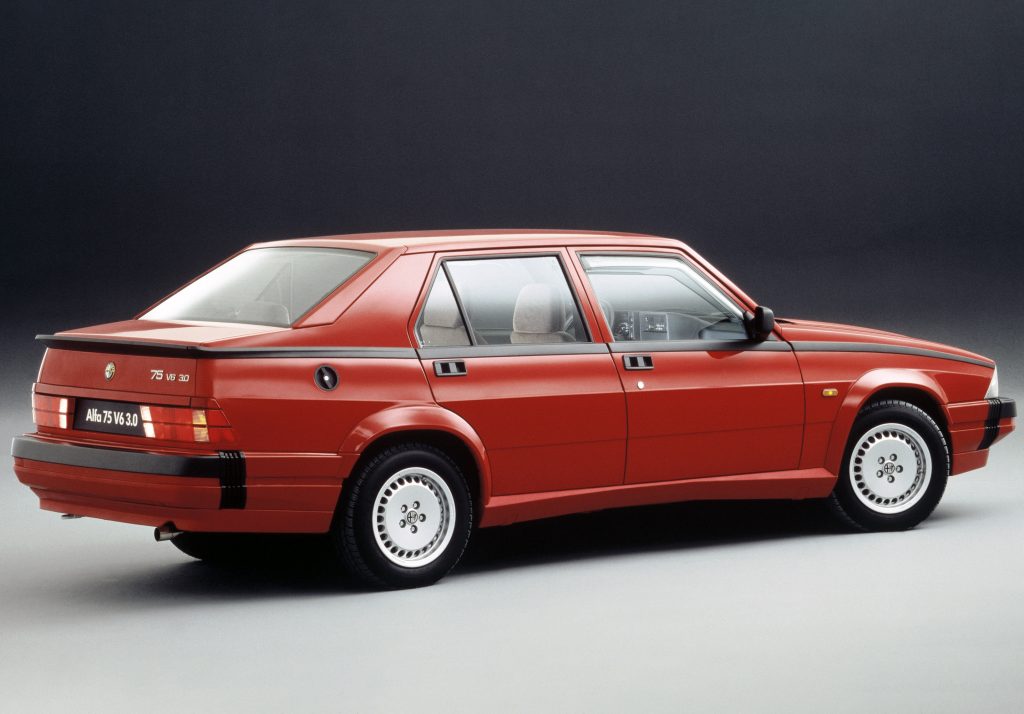
Alfa Romeo 75
Some see the Alfa Romeo 75 as a bit of a styling nadir, others – myself included – see it as a striking piece of brutalist design. The other thing the 75 largely appears to be remembered for is typical Italian ergonomic oddity – such as window operators in the roof, inboard rear brakes and a handbrake that liked to eat your hand.
However, the 75 deserves to be remembered for the way it drives. Thanks to a transaxle gearbox and thus excellent weight distribution, all versions of the 75 feel well balanced, and not just the four-cylinder models. This means it’s arguably the finest handling here – though an argumentative gearchange might get in the way of that – the joys of a transaxle gearbox. It also has a limited-slip differential.
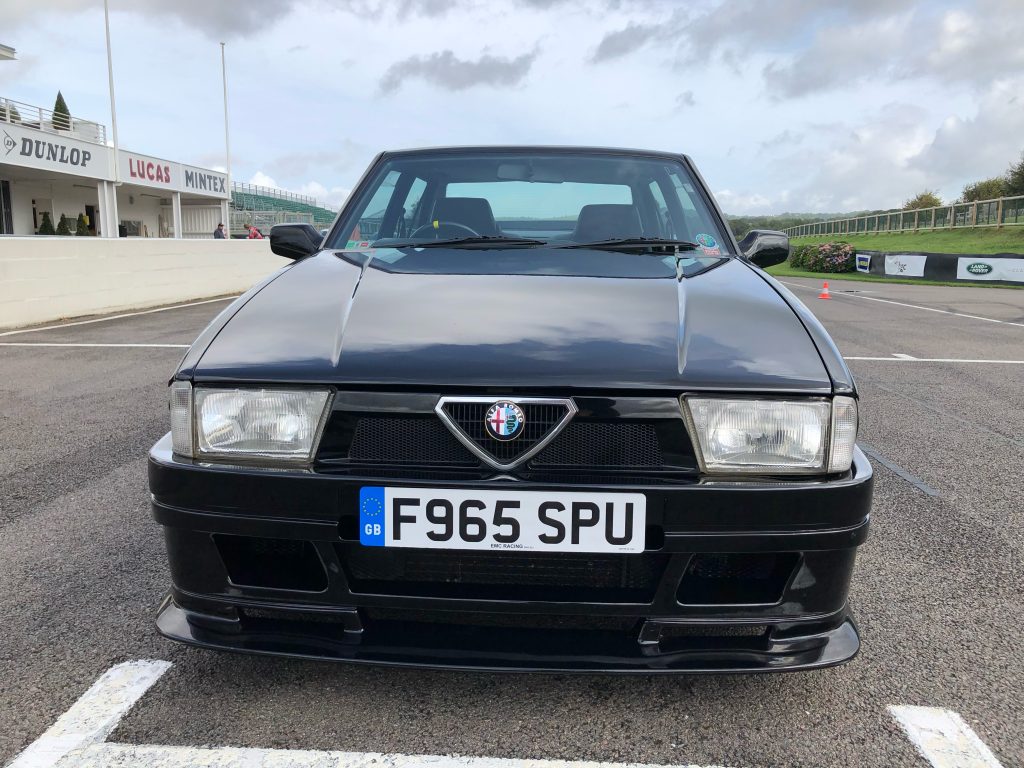
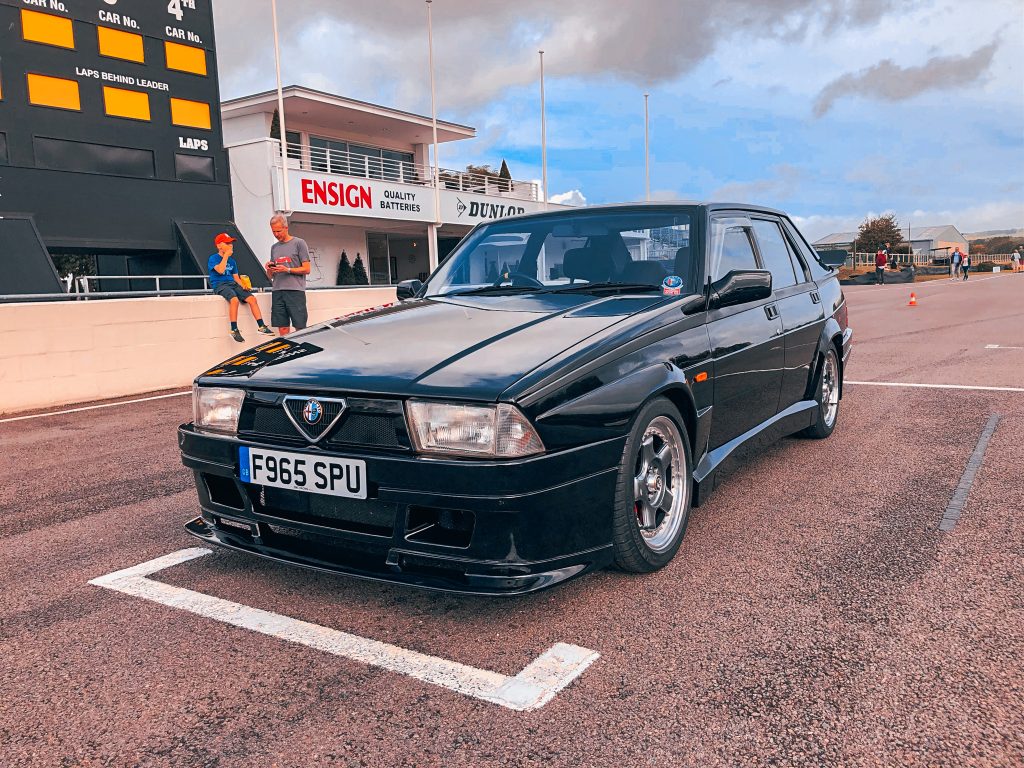
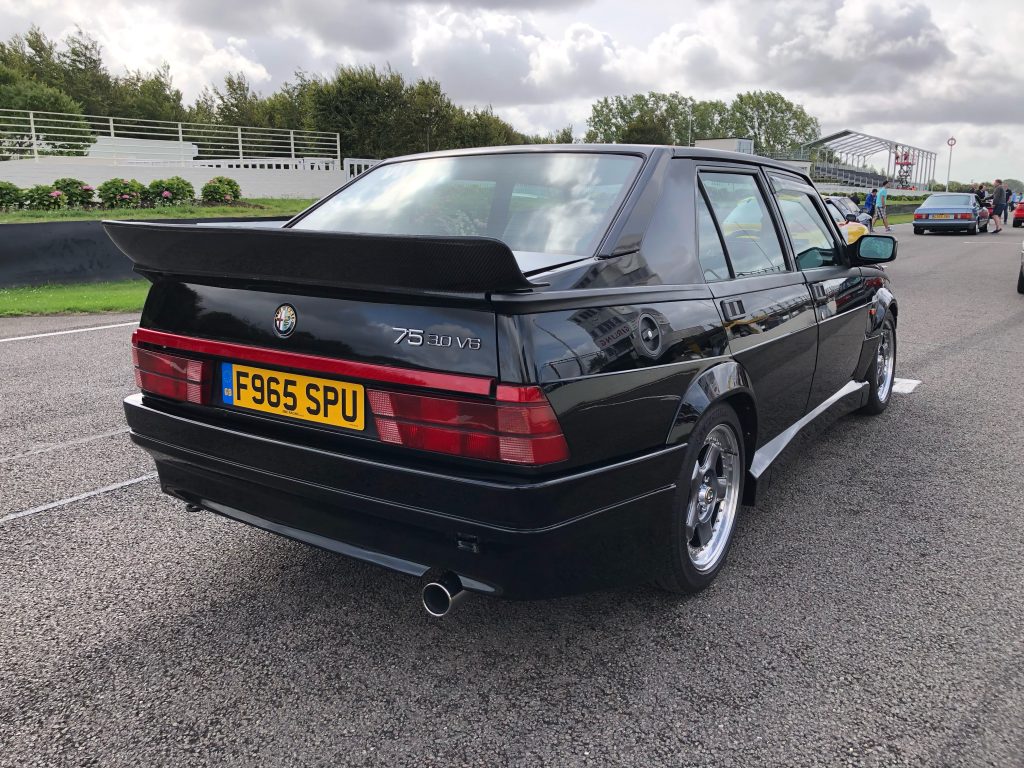
However, you soon forget all that when the Busso V6 roars and then howls. It’s also by far the most potent car here, with 187bhp and a fairly chunky dollop of torque too – 181lb ft at 4000rpm. Even with the onset of the E36 BMW, some road testers couldn’t help but love the 75 for its big-hearted personality.
The problem is finding one for sale these days – a lot were thrashed and crashed, a lot rusted away and many were harvested for various kitcar projects. This means that there are less than 50 V6 75s left running in the UK. Prices have risen, but are still a fraction of the cost of a 75-based SZ – and you can bring along all the family in a 75.
Hagerty Price Guide
- Poor £4900
- Good £9200
- Excellent £12,600
- Concours £16,100
Do you have fond memories of driving any of these 80s saloons? Let us know in the comments below!
Read More Stories on 80s Cars
Mighty Mercedes-Benz Models of the 1980s
Top 10 British Kit Cars of the 1980s
10 of the Raddest 80s and 90s Cars for Under £10,000
